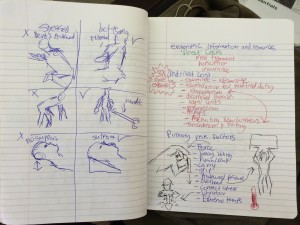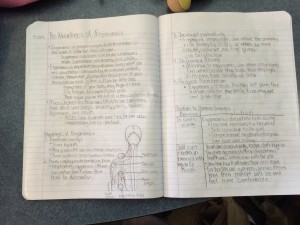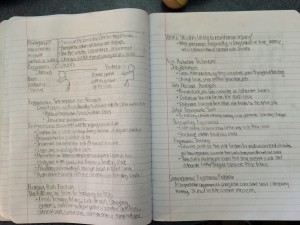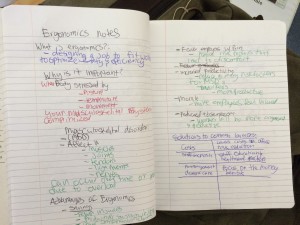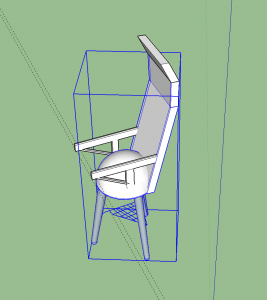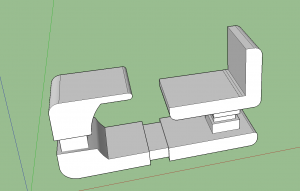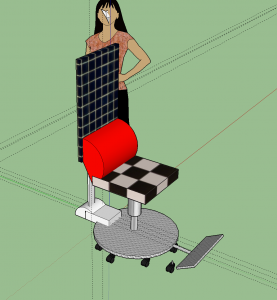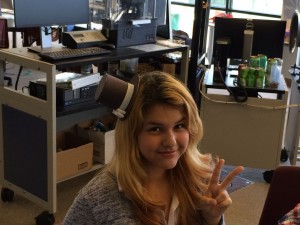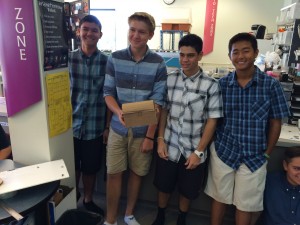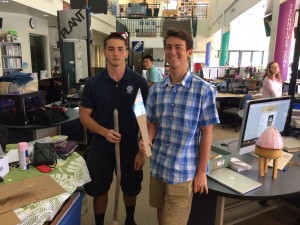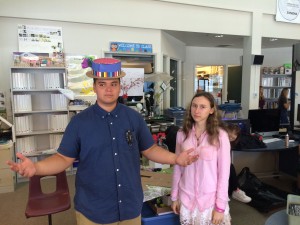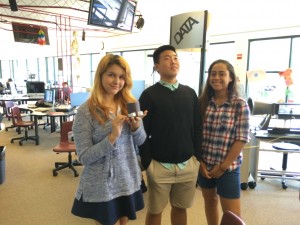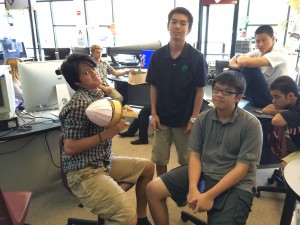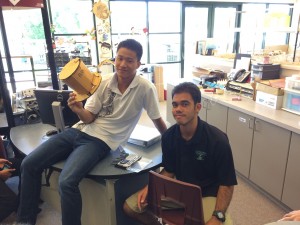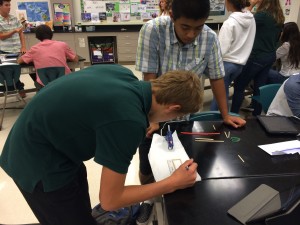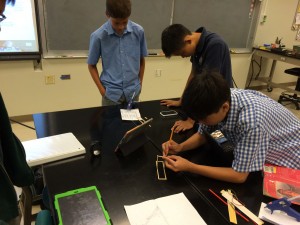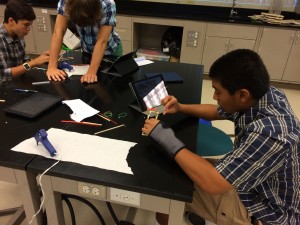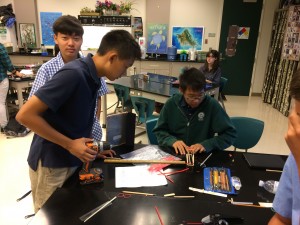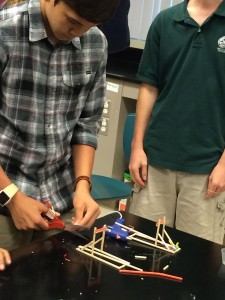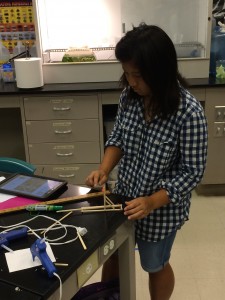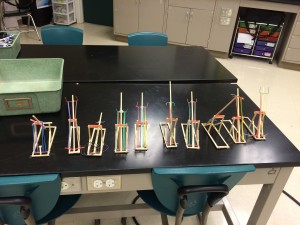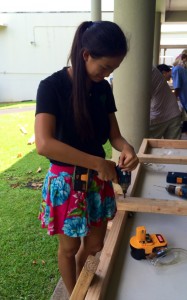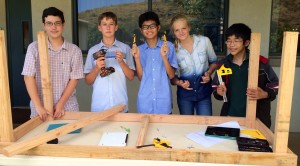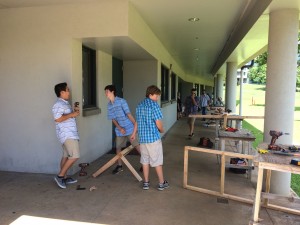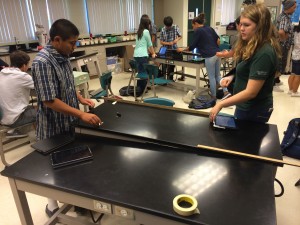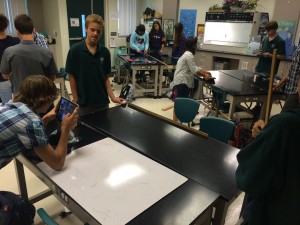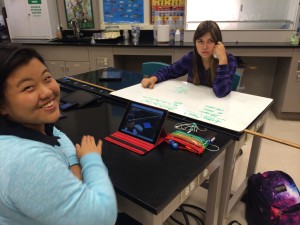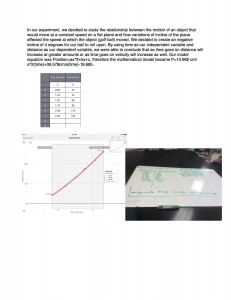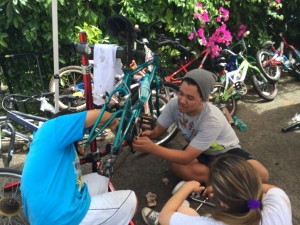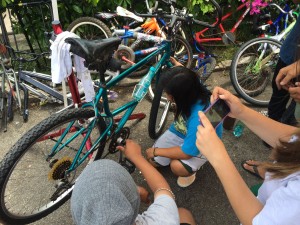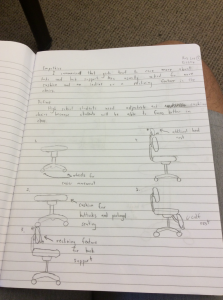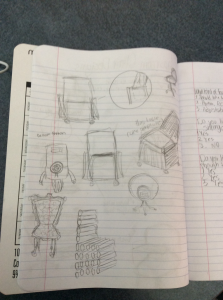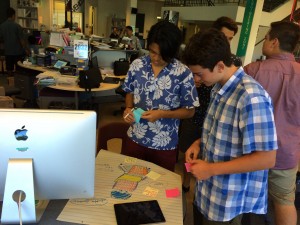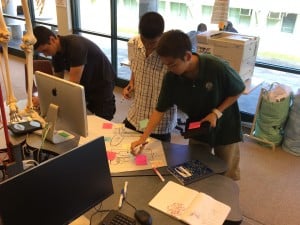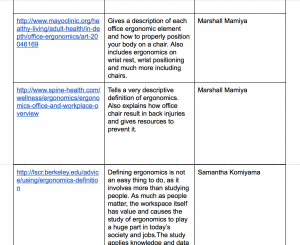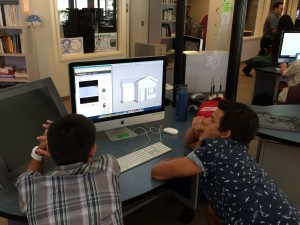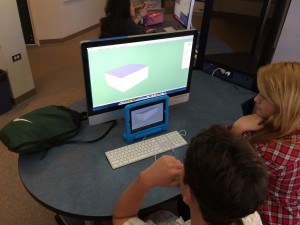Well, here we are eight weeks into the semester. What are we up to these days? And for that matter, what’s on my mind about our work?
Let’s start with interacting with text for meaning. We often in education asked students to read text to acquire new terms and concepts, to expose students to different opinions and to consider different perspectives and approaches. This week in the design class the students were reading some different articles on the importance of ergonomics as they go through the process of designing, prototyping and testing their chair designs.
As I was looking through their notes, there was a wide gap between some students and others. As I was thinking about the role that these notes played, I realized I was having the students take the notes to deepen their understanding of the field, but I wasn’t really having them interact with their own thinking enough. Below are a couple of pictures of work I considered exemplary because they show students not just taking down ideas, but organizing, reflecting and sketching to try and deepen their meaning.
There are certainly many ways to go from this initial data mining activity to more meaning. I realized I wasn’t doing enough to have them consider their own work, so I asked them to go back through their notes and highlight three important concepts and two areas where they felt that they didn’t really understand the ideas fully and annotate those in a way so that we could talk about what they learned and what they still have questions about. I also debated whether having them do a think pair share activity would be helpful so they could talk about that – I plan to have them do that when they come back together with me next class period. All of this is tied to working towards creating a more reflective process in their learning. Their blogs are another element in doing this.
As a part of the design class we have been working on re-designing the student chair experience. They have created designs in sketch up make:
They have been working on printing these in our 3-D printers, which added another layer of technology to this project. The last step is to create a full scale prototype out of cardboard. I realize that most of them have not made a full model out of cardboard before so to get them warmed up, we had them research ways to work with cardboard and then pick a small-scale project to build from the following website: http://www.ikatbag.com/2011/03/how-to-work-with-cardboard.html
Today they showcased their constructions which took about an hour and a half of class time:
so for them, the next step now is to build the chair out of cardboard – more to come on that activity…
**********************************************
The 10th grade MPX students have still been exploring issues around transportation, but we’ve also been trying to understanding the kinematic equations of motion which are part of our physics content as well as a deeper conversation about motion in transportation. One of these sidebar projects I’ve had them working on is building a catapult by first converting the design into orthographic representations, building a one quarter scale model out of chopsticks with the ultimate goal of building the catapults, which we will start tomorrow. There’s many layers to this particular activity – working with the mathematics of scaling, attention to detail around design and construction, understanding how we move from concept to design to construction and central to the core content, the physics of projectiles… The pictures below show the scale models that the students completed which took a couple of hours of class time between creating the schematics which I showed in my last blog, and the final products you see below:
Hopefully by the next time I create a blog post, we’ll see examples of their final product work. Tomorrow we pull out the power tools and let them have at the full construction! Speaking of which, our ninth graders just started working on their first construction which is building tables that they will be using to do their full scale aquaponics constructions on during the course of the year:
When we say we believe in constructivism, we really get our hands dirty!

